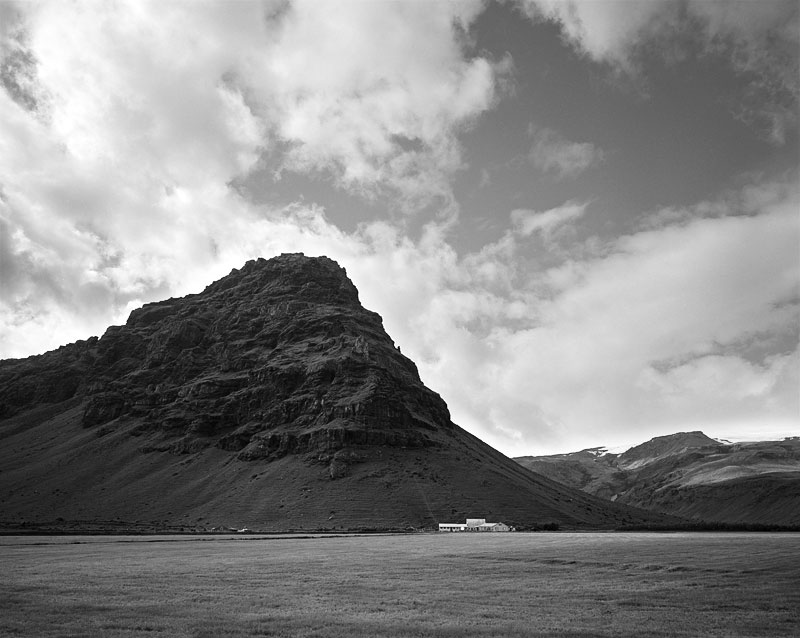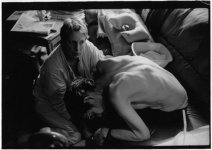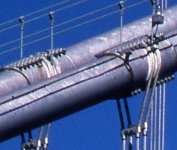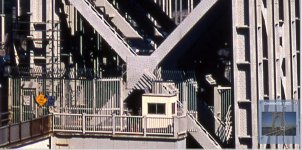Richard Marks
Rexel
Enjoy your M8Sorry folks, I lost track of this thread. For some reason I stopped getting email alerts??? I ended up trading in my M6TTL towards an M8, taking a big leap of faith. I have had the camera all of one day and already ripped a nice 16x20 last evening on the Epson 7800. Quality is amazing for a 10 MP camera, but it is not Mamiya 7 + Cezanne scan quality at this image size. But I sort of expected that. I'm using Capture One Pro for RAW processing with Jamie Roberts profiles until my UV/IR filters arrive from Leica. I will probably buy Genuine Fractals which should help with the up-rezzing quality. I'm still in the early stages of developing a workflow with the M8, so i only expect image quality will improve. I'm currently using a Zeiss 35/2 Biogon which really performs beautifully on the M8. Focus at f/2.0 is spot on, so I guess I got lucky after reading several posts on focussing accuracy issues. I will eventually get around to a direct comparison against the Mamiya 7 once I have the max IQ nailed down on the M8.
Cheers to everyone for your contributions.
I really would not get too bothered with head on comparisons. Ill make a prediction that you use your M8 a heck of a lot more than your Mamiya7. (Report back in 6 months)
best wishes
Richard







